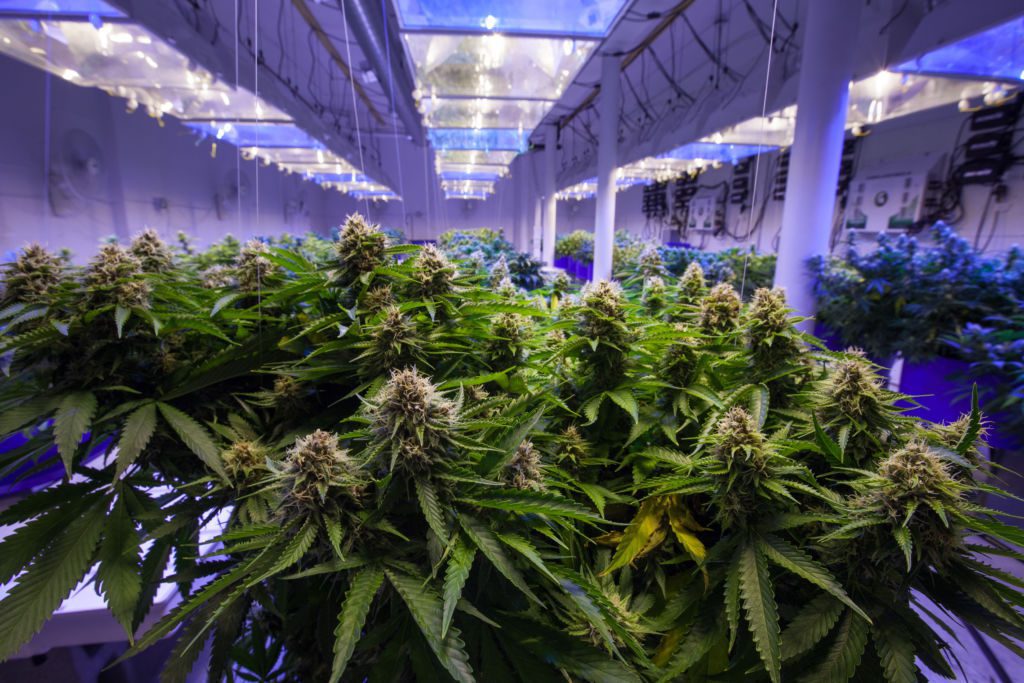Where is Medical Marijuana Grown? Everything you Need to Know about Marijuana Plantations
Marijuana has a long and illustrious history of use for medical purposes, with numerous ancient civilizations, such as the Chinese, Greeks, and Egyptians, having documented its application in the treatment of a wide range of conditions, including tumors caused by cancer. Despite this eventful past, marijuana for recreational purposes has never separated from the use of marijuana for medical purposes.
Throughout the centuries and cultures, cultivating medical marijuana has gotten streamlined into a rigorous science that marijuana plantations follow closely to ensure a bountiful harvest.
This article will explain a little bit about where is medical marijuanas grown and the strict guidelines that help.

Where is medical marijuana grown?
Medical marijuana plantations are not the green hangout out in the woods where everyone does as they please, and quality control is nonexistent, like pop culture often portrays.
Big Marijuana is a serious business that makes serious cash through growing specific strands of weed cultivated for specific medical purposes.
Marijuana is a delicate plant that, while it can reap a healthy and reliable harvest, needs a specific environment to flourish.
Therefore, throughout the United States, most plantations are grown indoors, in a greenhouse where every inch of the crop’s ecosystem can thrive. Here are a few of the regulations any plantation must include in any place where marijuana is grown for medical use:
- Temperature Range: The surrounding temperature must remain between 72-82°F during the day (or during “lights on”) and 66-70°F at night (or during “lights off.”
- Root Zone Temperature: The roots of the plants must remain between 67-68°F. There is little room for error, or the plants will struggle to survive.
- Room Humidity: The humidity of the room housing the plants needs to remain between 40-60%.
- Light Cycle Length: The light cycle is very specific for cannabis plants, usually equating to 18 hours on, 6 hours off during vegetative growth, 12 hours on, and 12 hours off during flowering.
- CO2 Levels: Even the CO2 levels need to be monitored closely, at 900-1600 parts per million during lights on, none added during lights off, to ensure the harvest is getting as much nourishment as it requires without overdoing it.

Can you grow medical marijuana outside?
When discussing where is medical marijuana grown, it is easy to think back to that free-thinking hippie camp on the outskirts of town, usually located outside.
And even to people familiar with the stringent medical marijuana growing stipulations imposed on growers, it still seems a lot cheaper and easier to create a clean and reliable harvest outside.
So, can you grow medical marijuana outside? Yes, of course, you can. People have grown cannabis all over the world, and if the plantation is in a place where the outdoor environment adheres to the plant’s specific needs, natural is always best.
Yet, because of the clinical and environmental challenges imposed upon medical marijuana growers, many either don’t have a choice or otherwise opt to manufacture an ideal environment. By creating a controllable environment, they can ensure their harvest will develop products that are risk-free, reliable, and of high quality to cater to a market that is expanding rapidly and offering profitable opportunities.
So, when dealing with particularly sophisticated growing procedures, it is much easier to accomplish it indoors, despite the necessary cost, specifications, and attendance.

Conclusion
Marijuana needs the appropriate growing environment to thrive, but medical marijuana is held to an even stricter standard as it gets cultivated for certain medicinal purposes. Therefore, marijuana plantations need to be exceptionally careful about the conditions of their harvest to ensure they consistently provide the best product for those who need it most.
Check out how to apply for MMJ card in Colorado!
FAQ
Can medical marijuana be grown outdoors?
Yes, medical marijuana can be grown outdoors, but it requires specific environmental conditions to thrive. While outdoor cultivation may seem more natural and cost-effective, many growers opt for indoor cultivation to maintain precise control over factors such as temperature, humidity, and light cycles, ensuring a reliable and consistent harvest.
Where are medical marijuana plantations typically located?
Most medical marijuana plantations are located indoors or in greenhouse facilities. These controlled environments provide optimal conditions for the delicate marijuana plants to thrive and produce high-quality medicinal compounds.
Is medical marijuana grown in the same way as recreational marijuana?
Medical marijuana cultivation differs significantly from recreational marijuana cultivation. While recreational marijuana may be grown in a variety of environments, medical marijuana cultivation follows strict guidelines to ensure quality, potency, and consistency of the product.
